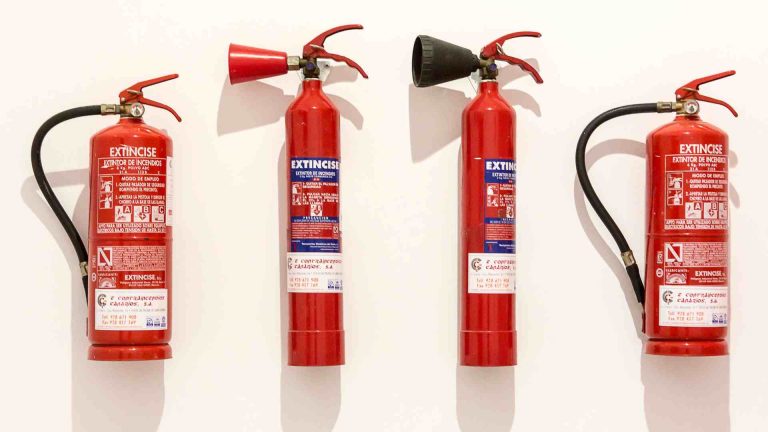Parts of a Boat: A Comprehensive Guide for Beginners
Whether you’re a first-time boat owner or just someone interested in learning more about boats, understanding the various parts of a boat is essential. Each component plays a vital role in ensuring safety, performance, and comfort while out on the water. This guide will break down the key parts of a boat, explain their functions, and provide general price ranges and specs for those looking to purchase.
1. Hull
The hull is the main body of the boat, and its design dictates how well the boat handles the water. The shape can be deep, flat, or somewhere in between, affecting buoyancy, stability, and speed.
- Function: Provides the framework for the boat, ensuring it stays afloat and cuts through the water.
- Materials: Typically made from fiberglass, aluminum, or wood.
- Specs: Hulls come in different shapes like flat-bottomed (stability in calm waters), V-shaped (cuts through waves), and catamaran (two hulls for stability).
- Price Range: Depending on the size and material, hulls can range from $1,500 for small fiberglass hulls to over $10,000 for larger aluminum or composite designs.
2. Bow
The bow is the front portion of the boat, designed to reduce resistance when moving through the water.
- Function: Helps cut through the water, minimizing drag and allowing for smoother movement.
- Specs: A sharp, V-shaped bow improves performance in choppy waters, while a rounder bow is more suited for calmer waters.
- Price Range: Bows are part of the hull structure, so their cost is embedded in the overall hull price.
3. Stern
The stern is the back end of the boat. It often houses important components like the engine, fuel tanks, and various other mechanical systems.
- Function: Supports propulsion systems and provides structure for rear seating or storage areas.
- Specs: A wide stern improves stability, especially at higher speeds.
- Price Range: Stern attachments like platforms or swim decks can cost between $500 and $3,000 depending on size and features.
4. Transom
The transom is the vertical section at the stern of the boat, which typically houses the motor on smaller boats.
- Function: Provides mounting support for the engine and strengthens the boat’s overall structure.
- Materials: Fiberglass, aluminum, or wood.
- Price Range: Outboard motor transoms cost about $200 to $2,000, depending on size and durability requirements.
5. Deck
The deck is the flat surface that covers the hull, providing standing or seating space. In smaller boats, it may consist of seats or storage areas.
- Function: Creates usable space for passengers and equipment.
- Materials: Teak wood, fiberglass, aluminum.
- Price Range: Fiberglass or aluminum decks for small boats typically range between $1,000 and $5,000.
6. Cockpit
The cockpit is the area where the controls for the boat are located. On smaller boats, this could be as simple as a steering wheel and throttle.
- Function: Houses the steering, throttle, and often gauges for monitoring the boat’s performance.
- Price Range: Basic cockpits can cost around $1,500, but with added electronics like GPS systems and fish finders, prices can go as high as $10,000.
7. Propeller
Attached to the motor, the propeller is what propels the boat forward or backward by pushing water.
- Function: Moves the boat through the water by rotating and displacing water.
- Specs: Available in two, three, or four-blade models. A four-blade propeller offers better acceleration and handling, while a three-blade offers higher top-end speed.
- Price Range: Aluminum propellers cost $100 to $300, while stainless steel propellers range from $400 to $1,200.
8. Bilge
The bilge is the lowest part of the boat’s hull, where excess water collects. Most boats are equipped with a bilge pump to remove the water.
- Function: Ensures the boat remains dry by collecting and pumping out water.
- Price Range: Bilge pumps typically range between $50 and $500 depending on size and capacity.
9. Keel
The keel is the boat’s backbone, running along the bottom of the hull. It helps stabilize the boat and keep it moving in a straight line.
- Function: Provides stability and prevents the boat from capsizing.
- Materials: Fiberglass, steel, or wood.
- Price Range: $300 to $3,000, depending on size and material.
10. Mast and Rigging (for sailboats)
In sailboats, the mast is the vertical pole that holds the sails, while the rigging refers to the lines and hardware that control the sails.
- Function: Provides the structure needed to catch the wind and propel the sailboat forward.
- Specs: Masts vary in height depending on the boat size. Rigging involves ropes, stays, and shrouds for sail control.
- Price Range: Masts can range from $1,500 to $10,000, depending on the boat size. Rigging costs typically range from $500 to $5,000.
11. Cleats
Cleats are metal fixtures mounted on the boat where ropes can be tied to secure the vessel at the dock.
- Function: Secures docking lines.
- Price Range: Stainless steel cleats range from $20 to $150 each.
12. Anchor
An anchor is a heavy object, usually made of metal, that is dropped into the water to hold the boat in place.
- Function: Keeps the boat from drifting due to wind or currents.
- Types: Danforth (good for sandy bottoms), plow (all-purpose), and mushroom (lightweight).
- Price Range: Anchors typically range from $50 to $500, depending on size and type.
13. Navigation Lights
Navigation lights are essential for visibility at night or in low-light conditions. They indicate the size, speed, and direction of a vessel to others.
- Function: Ensures visibility for other boaters.
- Price Range: Basic navigation lights can cost from $30 to $200, while more advanced systems can go up to $1,000.
Conclusion
Understanding the parts of a boat is key to better handling, maintaining, and enjoying your time on the water. Whether you’re outfitting a small fishing boat or a larger sailboat, these components are essential. Prices for boat parts vary depending on materials and functionality, so it’s important to choose wisely based on your boating needs and budget.
Happy Boating!
Share Parts of a Boat: A Comprehensive Guide for Beginners with your friends and leave a comment below with your thoughts.
Read What Trolling Motor is Best for You? A Comprehensive Guide until we meet in the next article.






